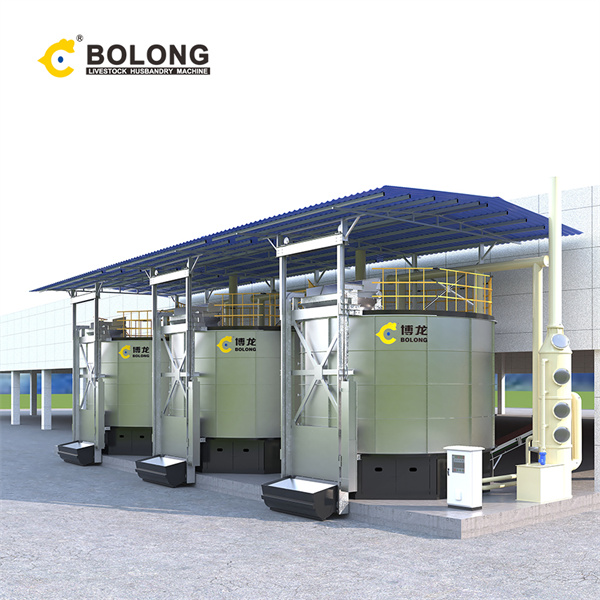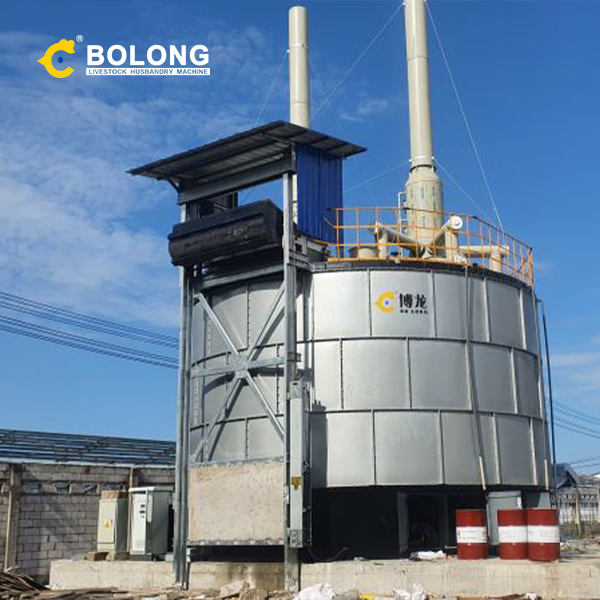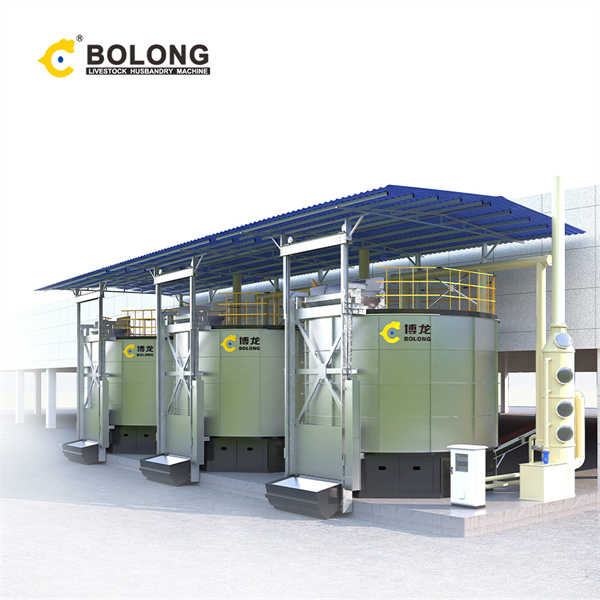
Feb 1, 2014 · Horse is a hindgut fermenter, i.e. most microbial activities take place in the large intestine which constitutes approximately 60 per cent of the gastro-intestinal tract (GIT). The feed reaches the large intestine after approximately 3 h and is fermented for 36–48 h in the caecum.

Apr 1, 2002 · The carbohydrate polymers of plant cell walls are indigestible by most animals (including all mammals), but can be hydrolysed and fermented by the microbial partner, with the resultant end-products of fermentation plus microbial cells being utilized by the host animal.

The fermentation process produces large amounts of gas in the stomach chamber, which must be eliminated. As in other animals, the small intestine plays an important role in nutrient absorption, and the large intestine helps in the elimination of waste.

Nov 13, 2019 · These microbes provide a substantial proportion of the horses’ daily energy needs through the fermentation of plant material to short chain fatty acids such as acetate, propionate, and butyrate [5, 6].

In this pilot study, we determined the core fecal microbiota composition and overall microbiota diversity of domesticated herbivorous animals of three digestion types: hindgut fermenters, ruminants, and monogastrics.

Jan 1, 2023 · Foregut fermenters include ruminants, such as cattle and sheep, that have multichambered stomachs, and kangaroos, colobus monkey and other species that have an enlarged single chambered forestomach. Hindgut fermenters include horses, most rodents, rabbits and rhinoceros.

Mar 5, 2024 · Changes in microbial populations and metabolites produced by the fermentation of mycoprotein fibre were investigated and compared to a plant (oat bran) and an animal (chicken) comparator.